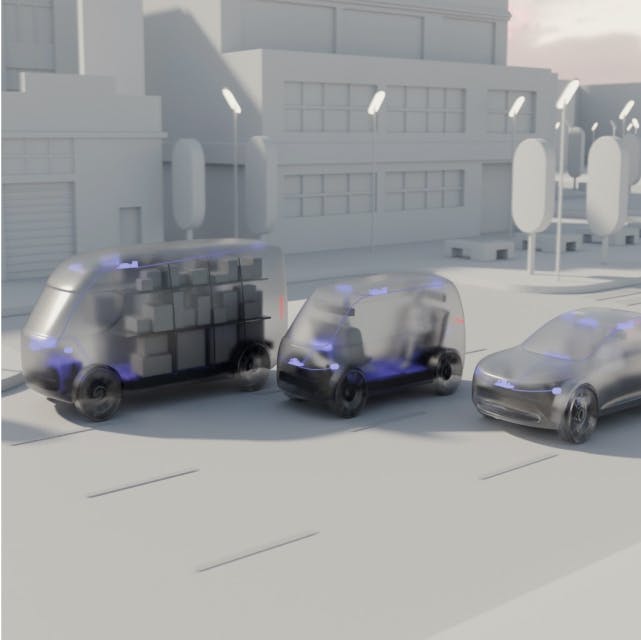Nuro is thrilled to share that the Smithsonian’s National Museum of American History is adding R1, our first-generation, zero-occupant autonomous delivery vehicle prototype, to its collection for Earth Day 2023.
This is a wonderful milestone for us, because it has always been a core objective to make our communities healthier and more sustainable by replacing traditional, gasoline-powered vehicle trips with our autonomous delivery service that is powered by clean energy.
When we introduced R1 in 2018, it was a gradual and deliberate process involving extensive testing and supervision to ensure the safety of all road users. Because our vehicles only carry goods, R1 gave us the flexibility to create new safety elements that aren’t part of standard passenger vehicles. We tested deliveries in Scottsdale, AZ using R1 and since then, have announced newer models, R2 and Nuro, our third-generation vehicle, all of which represent our core values of building a service that can make our streets safer, reduce emissions, and improve everyday life in our communities.
Seeing R1 in its new Washington D.C. home is an exciting moment for every member of our team, and for technology enthusiasts who will get to see it at the Smithsonian.
“We are so proud that our first custom vehicle, the R1, will help showcase this vision as part of the Smithsonian’s collections,” said Dave Ferguson, Nuro’s Co-Founder and President. “As kids, many of us spent time at the Smithsonian, inspired by the incredible innovation chronicled within its walls. We are thrilled at the prospect that Nuro may help inspire the next generation of innovators.”
Carlene Stephens, curator for the museum’s Division of Work and Industry said the donation plays a key role in helping document the history of robot development in the United States.
“As part of the Smithsonian’s collection, R1 is the latest in a long line of wheeled robots, a history that we can trace back hundreds of years to mechanical automatons. The donation of the R1 prototype not only helps us document the more recent history of that robot development, but also offers a glimpse of what today’s ideas about the future of sustainability and mobility might be,” Stephens said. “It also offers a fascinating lesson on the unexpected directions new technologies can take. Nearly twenty years ago, predictions for self-driving cars imagined vehicles for moving passengers. Nuro’s enterprise reimagined moving products instead of people.”
We are proud to be part of the Smithsonian’s mission to preserve and share the advancements in the autonomous vehicle industry, and hope our work can serve as an inspiration for future generations.


